Plus tips on hosting a traditional crab crack
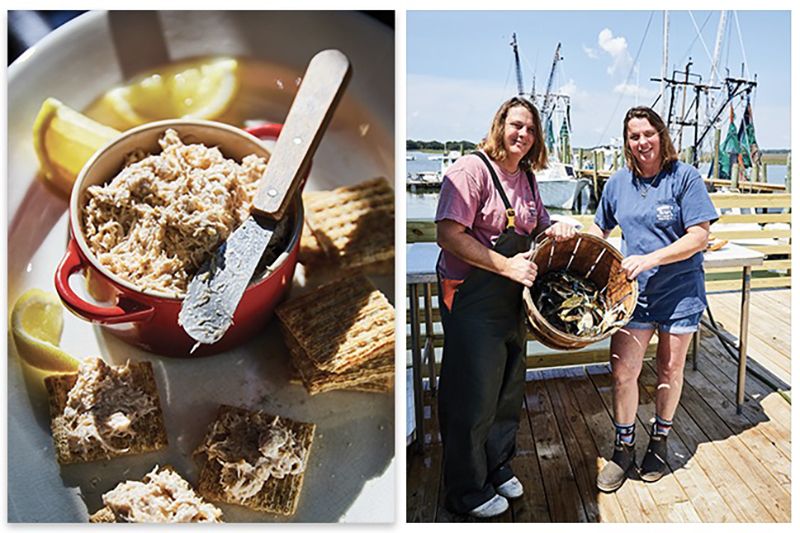
Blue Crab Dip by Crosby’s Fish & Shrimp Co., Joanie & Ellie Crosby (pictured above)
An easy but ever-so-satisfying snack or app, chock-full of flavorful claw meat
“This is a dip our family loves. It’s casual and hearty and goes great with Ritz crackers or Triscuits.” —Ellie & Joanie Crosby

Crab Rice by The Ordinary Chef-owner Mike Lata (pictured above)
Carolina Gold middlins are a lovely contrast to the sweet, delicate meat in this starter
“To gild the lily, top each serving of crab rice with a poached egg.” —Mike Lata
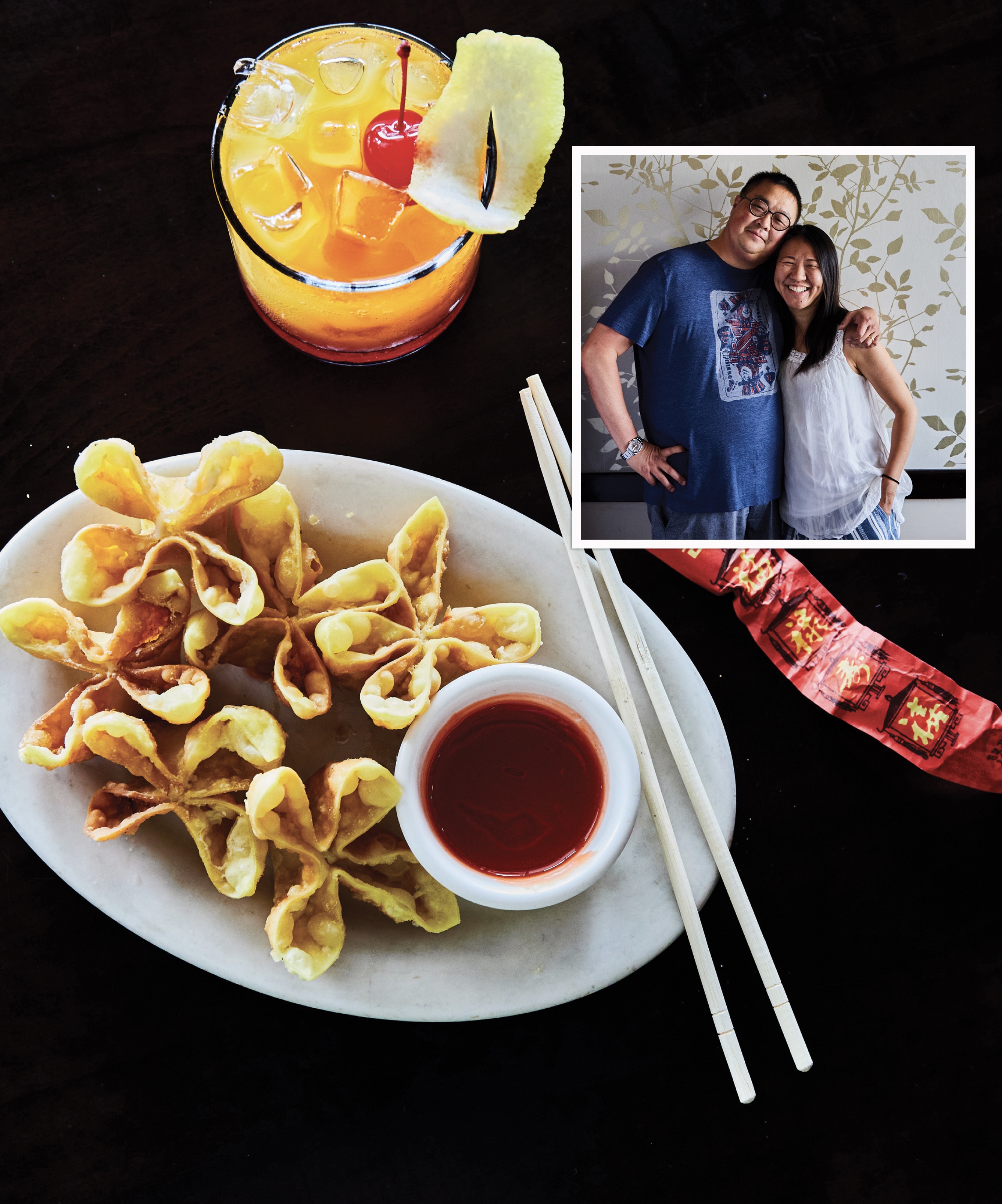
Crab Wontons by Red Orchids China Bistro Chef-owners Kelly & Tony Chu (pictured above)
Fried “flowers” hold a rich crab filling, perfectly complemented by sweet and sour sauce
“Crab wontons best represent our restaurant because of the Chinese American characteristics. Two cultures blended together, creating something delicious.” —Kelly Chu
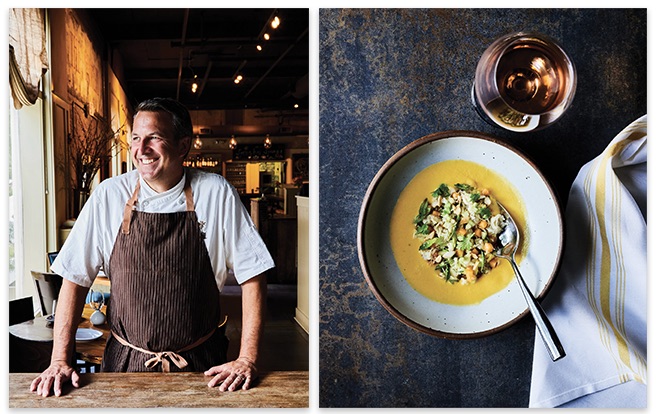
Summer Melon Gazpacho with Crab Salad by The Grocery Chef-owner Kevin Johnson (pictured above)
Melon provides the cool base for a luscious salad featuring lump crab meat
“This dish is perfect for summer entertaining: it can be made a day ahead without turning on the stove or oven.” —Kevin Johnson
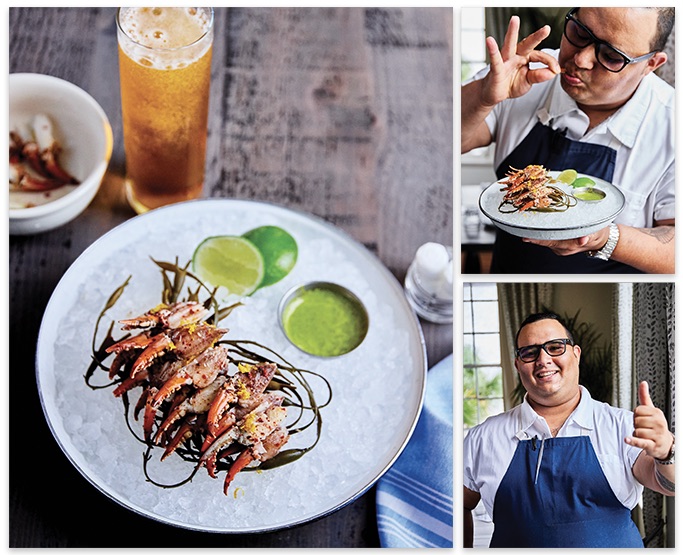
Blue Crab Claws with Mojo Sauce by Delaney Oyster House Chef Shamil Velázquez (pictured above)
Impress guests with this gorgeous presentation of marinated claws, accompanied by a citrus-forward dipping sauce
“Shellfish doesn’t need much to shine. Just a hint of acidity will bring out the natural sweetness within the crab.” —Shamil Velázquez
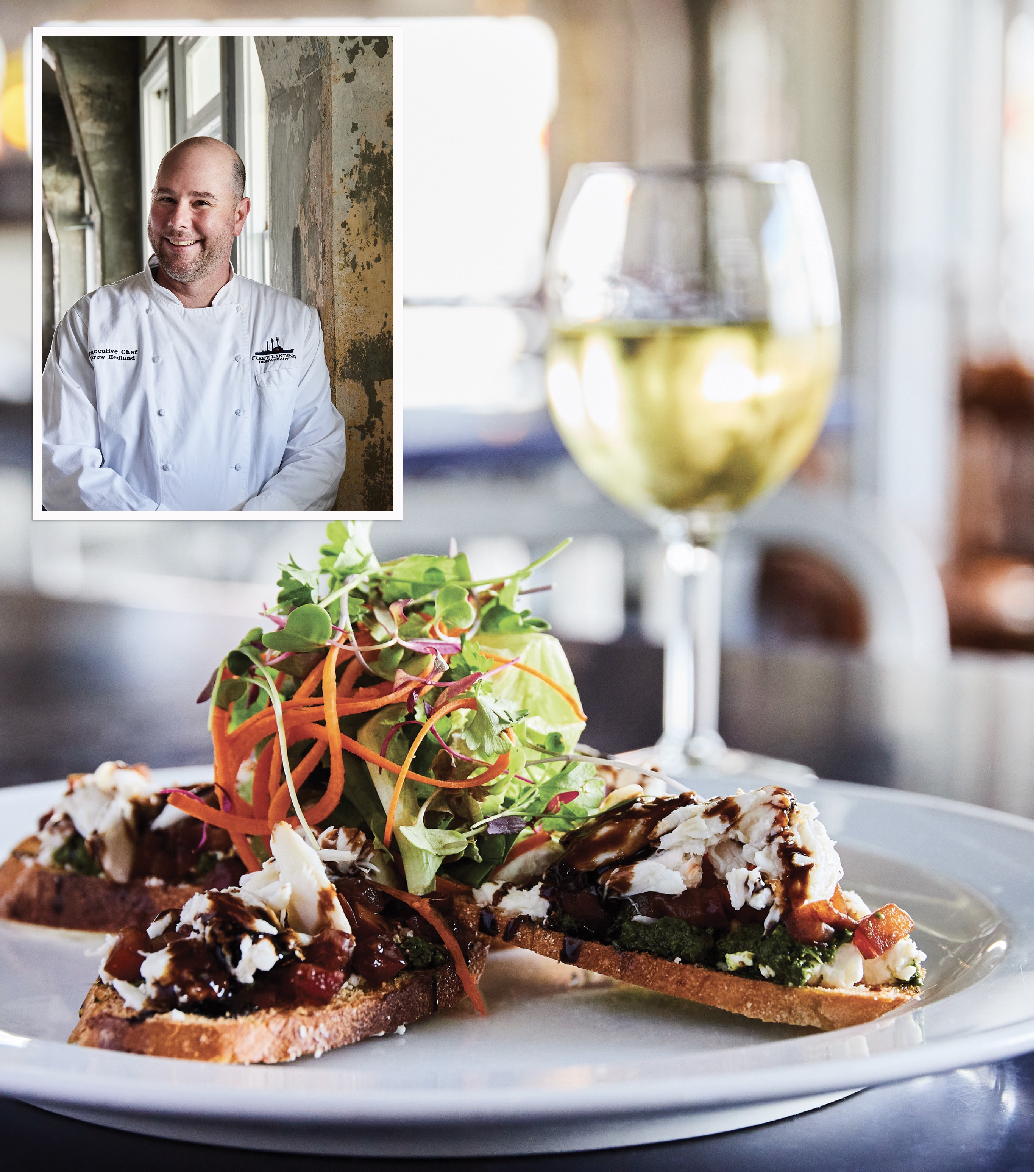
Lump Crab Bruschetta by Fleet Landing Chef & Director of Operations Drew Hedlund (pictured above)
Summer antipasto reaches new levels of decadence with the addition of lump crab, pesto, and goat cheese
“This is a fantastic light, summery dish with tons of flavor. Perfect as a starter with a glass of sparkling rosé!” —Drew Hedlund
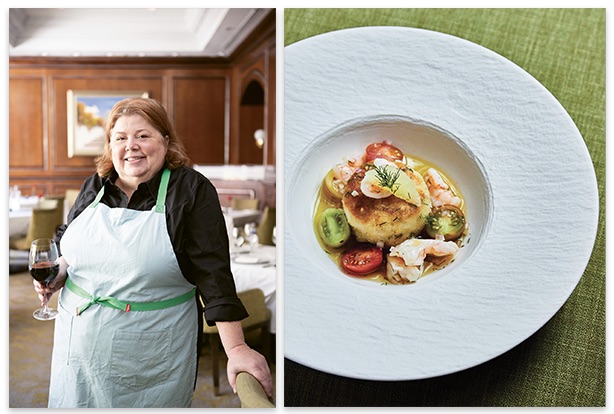
Crab Cakes by Charleston Grill Executive Chef Michelle Weaver (pictured above)
Lump blue crab meat shines in this elegant preparation of the classic dish
“The only things holding these cakes together are lump crab meat and a whole lot of love!” —Michelle Weaver
Tips from Ellie Crosby Berry and Joanie Crosby Cooksey, sisters and owners of Crosby’s Fish and Shrimp Co.
Before planning your crab crack, always check on availability with your local seafood store. Blue Crabs can be purchased year-round as there are not commercial season restrictions, though blue crabs are more plentiful during certain months, typically in the late spring through fall.
Blue crabs can be purchased by the dozen or by the bushel.
One bushel of blue crabs generally contains 5 ½ dozen large crabs or 6 to 7 dozen of small to medium crabs. Rule of thumb: order 4 to 6 crabs per person.
Cooking Crabs for a Crab Crack
For a traditional crab crack, the crabs are not cleaned before boiling. Locals are used to cleaning them as they eat them—dumped out of the pot onto a table covered in newspapers. (We like using the funny papers papers as it adds color!)
Never eat a dead crab. Make sure they are all alive, or frozen, when you are cooking them.
Boiling Crabs
Fill a large pot two-thirds full of water and add at least 1 tablespoon of salt to add flavor. Keep the pot over high heat until the water starts to boil, then turn it down to medium heat. Season the water to taste. We like to add white vinegar and lemon, as well as seasonings, such as Old Bay and garlic powder.
Grab the crabs with a pair of tongs and completely submerge them in the boiling water. Cover the pot with a lid and let them cook for about 10 minutes. The crabs should have a bright orange or red color once they are finished cooking.
Work in batches of 3 to 4 crabs at a time.
Tip: Remove the crabs from the water with your tongs and set them in a bowl filled with ice water to stop the cooking process. Stir the crabs in the water for 30 seconds before taking them out. Do not submerge the crab for too long or else they will get too cold.
Set the crabs on paper towels and pat them dry, then transfer them to a serving plate. Open the crab’s shell, clean out the guts, and pull off the gills (often called the “dead man’s fingers”) on both sides of the crab. Then enjoy the meat while it is still hot. Use small forks or crack picks to remove the meat from areas like the legs and claws.
Serve with drawn butter, lemon wedges, and additional seasonings.
If you are cooking the crabs to use the meat in recipes, it is easier to clean them before cooking them. It creates less of a mess and allows your seasoning to reach the meat of the crab while cooking.
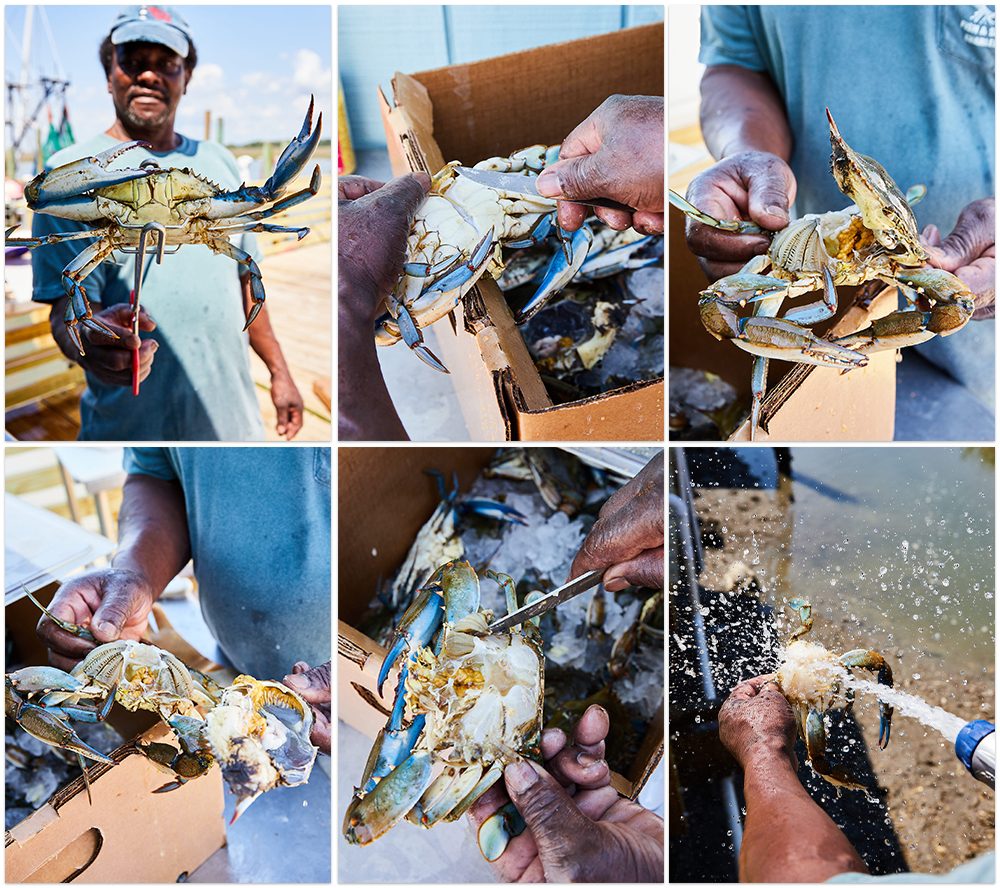
How to Clean A Blue Crab